In today’s fast-paced world, where technology seamlessly intertwines with our daily routines, the age-old practice of gardening is undergoing a remarkable conversion. Enter smart garden sensors—innovative devices that bring the promise of precision and convenience to the art of cultivation. Imagine being able to monitor soil moisture levels and plant health from the comfort of your sofa or while enjoying a day out.No longer confined to the traditional watering can or the guesswork of gardening, these devices provide real-time insights, empowering both seasoned horticulturists and budding green thumbs alike. As urban spaces grow smaller and the demand for enduring living increases, smart garden sensors are not just a luxury; they are quickly becoming essential tools for nurturing our green spaces, ensuring that even the most delicate plants receive the care they need. In this article, we’ll explore how these technological marvels are revolutionizing the way we connect with nature and cultivate our gardens, one sensor at a time.
Exploring the Benefits of Smart Garden Sensors for Modern Gardening
In an age where technology seamlessly integrates into our daily lives, smart garden sensors emerge as game changers for modern gardening. These innovative devices offer an array of advantages that can transform the way we nurture our plants. By enabling real-time monitoring of soil moisture levels and environmental conditions, gardeners can make informed decisions about irrigation and care. This ensures that plants receive exactly what they need, preventing overwatering and underwatering, which are common issues that can jeopardize plant health.With the ability to control watering schedules and conditions through smartphone applications, maintaining a flourishing garden becomes less of a chore and more of a pleasure.
Additionally, smart garden sensors contribute to sustainable gardening practices, making them invaluable for eco-conscious gardeners. They help to optimize water usage by providing data-driven insights that not only save resources but also promote healthier plant growth. With features that alert users to fluctuations in temperature, humidity, and even nutrient levels, these sensors equip gardeners with the knowledge to adjust their care routines effectively. Here are some key benefits to consider:
- Remote Monitoring: access to garden data anytime,anywhere.
- Enhanced Plant Health: Immediate alerts for critical changes.
- Water Savings: Efficient water usage reduces waste.
- Easy Integration: Compatible with various smart home systems.
| Feature | Description |
|---|---|
| Moisture Sensor | Detects soil moisture levels in real-time. |
| Temperature Monitoring | Keeps track of environmental temperature. |
| Nutrient Detection | Measures soil nutrient levels for optimal growth. |

Understanding Soil Moisture: The Key to Healthy Plant Growth
soil moisture is a vital parameter that plays a important role in the overall health of plants. Understanding the moisture levels in your garden can help you create an habitat where your plants can thrive. By utilizing smart garden sensors, gardeners can achieve precise monitoring and gain insights that were previously only possible through manual checks. These sensors are designed to analyze multiple aspects of soil health, including moisture content, temperature, and pH levels, allowing you to make informed decisions about irrigation and care.
Key Benefits of Monitoring Soil Moisture:
- Optimized irrigation schedules
- prevention of waterlogging and root rot
- Improved nutrient absorption
- Increased growth rates and yields
Investing in wireless garden technology not only saves time but also fosters a deeper understanding of your soil’s needs. Many modern sensors connect to smartphone apps, providing real-time updates and making it easy to track changes over time.This tech-savvy approach empowers you to adjust watering habits based on current conditions rather than guesswork.Keep in mind that different plants have varying moisture requirements, which can be effectively managed using tailored data from your sensors.
Common Plants and Their Ideal Soil Moisture Levels:
| Plant | ideal Moisture Level (%) |
|---|---|
| Tomatoes | 30-40 |
| Succulents | 10-20 |
| Ferns | 40-60 |
| Orchids | 20-30 |

Integrating Technology with Nature: How to Set up Your Smart Garden System
To create a seamless integration between technology and nature, start by selecting the right smart sensors that can effectively monitor soil moisture and plant health. These sensors are designed to provide real-time data straight to your smartphone or computer. Look for models that come equipped with features such as:
- Wireless Connectivity: Ensure that your sensors can communicate via Wi-Fi or Bluetooth for easy access.
- Data Logging: some sensors keep records of past data, helping you track your garden’s health over time.
- Mobile Alerts: Get notified instantly if your plants require water or if conditions aren’t optimal.
Once you’ve selected your sensors, the next step is setting them up in your garden. Arrange your sensors strategically to cover different plant areas and types. Depending on the size of your garden, consider grouping plants with similar moisture needs for efficiency. Here’s a simple table to help you determine ideal sensor placement:
| Plant Type | Recommended Sensor Placement |
|---|---|
| Succulents | Near the base of the plant, in well-drained soil |
| Vegetables | In the center of the planting row |
| Flower Beds | spread evenly throughout the bed |

Best Practices for Maintaining Optimal Plant Health Using Remote Monitoring
To ensure your plants thrive, it’s crucial to regularly assess factors such as soil moisture, light levels, and nutrient density. Using remote monitoring technology allows you to track these essential parameters without the need for constant physical checks, which can be time-consuming and impractical. Smart garden sensors equipped with real-time data analytics provide insights that can help you make informed decisions. When considering optimal plant health, keep the following points in mind:
- Regular Calibration: Ensure that sensors are calibrated according to their specified guidelines to maintain accuracy.
- Utilize Data Trends: Analyze historical data collected by your monitoring system to identify patterns and make predictive adjustments.
- Integration with Automation: Pair your sensors with automated irrigation systems for precise watering based on real-time moisture readings.
Engagement with the remote monitoring system allows for prompt responses to any irregularities detected in your garden. For instance, if soil moisture levels drop below a specific threshold, the system can alert you, enabling immediate action to prevent stress on plants. Using data from your sensors, you can create a schedule for maintenance tasks such as:
| Task | Frequency | Data Source |
|---|---|---|
| Watering | Daily based on moisture | Soil Moisture Sensor |
| Fertilization | Monthly | Nutrient Sensor |
| Pruning | seasonal | Growth Monitoring App |
By leveraging technology, you elevate the process of gardening from a subjective practice to a scientifically informed endeavor. These strategies not only promote a healthier garden but also ensure you maximize yield and minimize resource waste.
In Conclusion
As we stand on the precipice of a new era in gardening, the integration of smart technology into our daily lives promises to transform not just how we tend to our plants, but also how we connect with the natural world around us. Smart garden sensors serve as modern-day sentinels, offering gardeners the ability to monitor soil moisture and plant health from the comfort of their homes. With real-time data at our fingertips, we can cultivate our garden with precision and care, ensuring that each plant thrives in its environment.Embracing this technology doesn’t diminish the artistry of gardening; rather, it enhances our understanding of the delicate balance required to foster vibrant plant life. As we integrate these devices into our gardening practices, we become more attuned to the needs of our plants, allowing us to nurture them with the knowledge and insight that only smart technology can provide.In this lovely dance between tradition and innovation, smart garden sensors empower both seasoned horticulturists and curious novices alike. So, whether you’re an urban dweller with a balcony garden or a rural enthusiast cultivating wide open spaces, consider harnessing the power of these remarkable tools.Your plants may just thank you for it, flourishing in ways you never thought possible. Here’s to a flourishing future—one data point at a time!








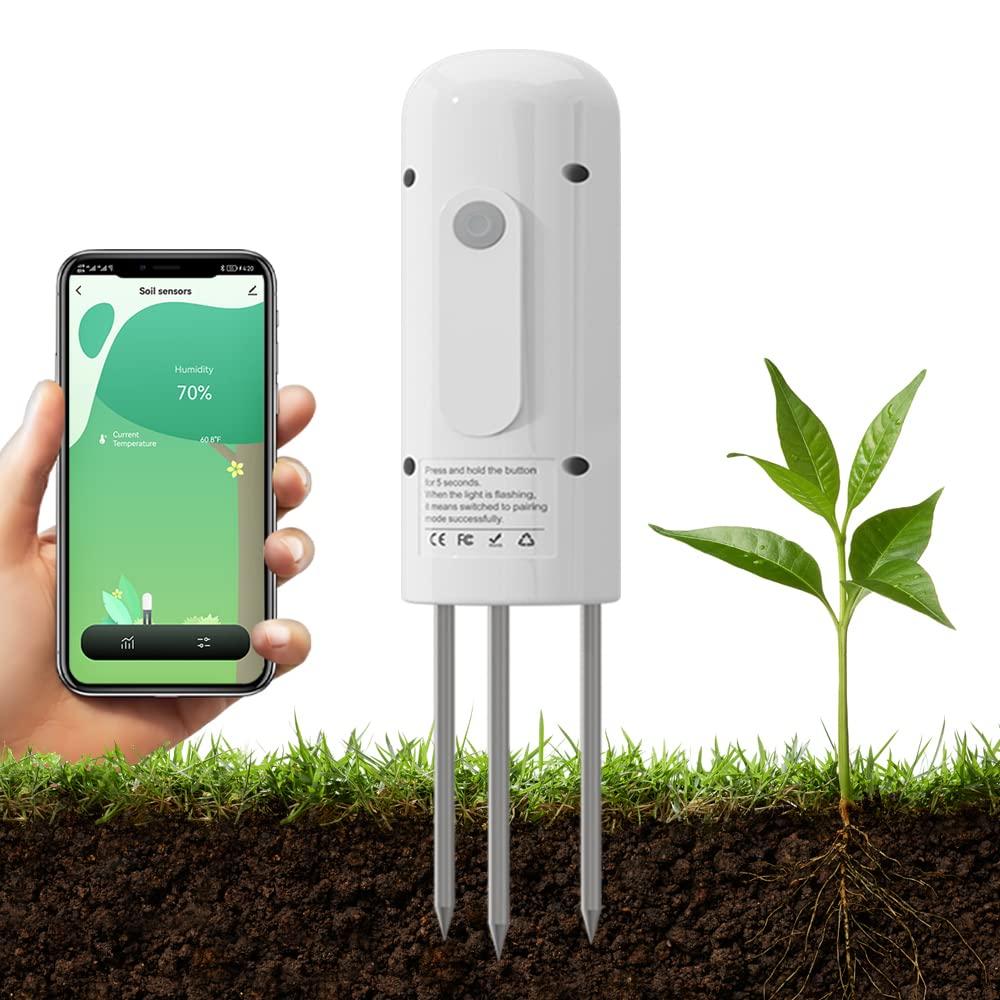
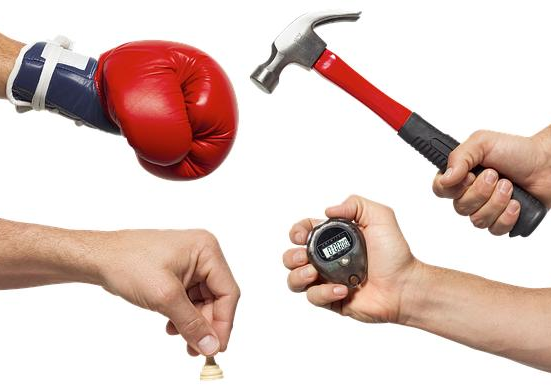

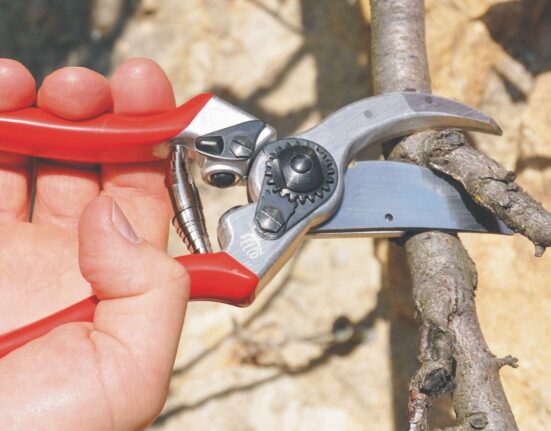
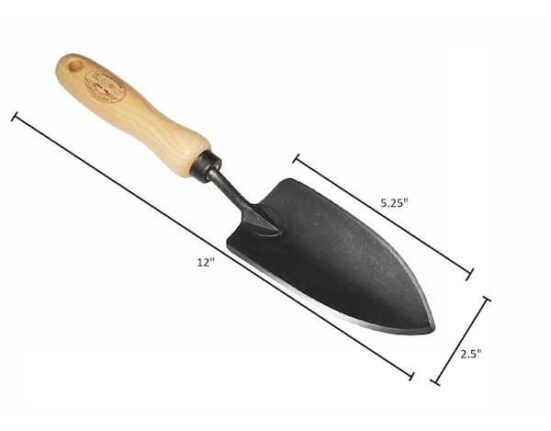
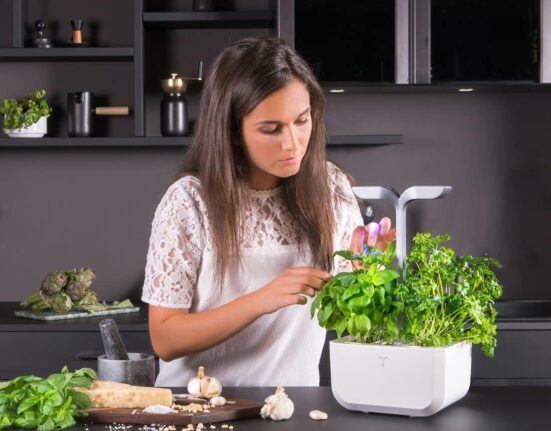
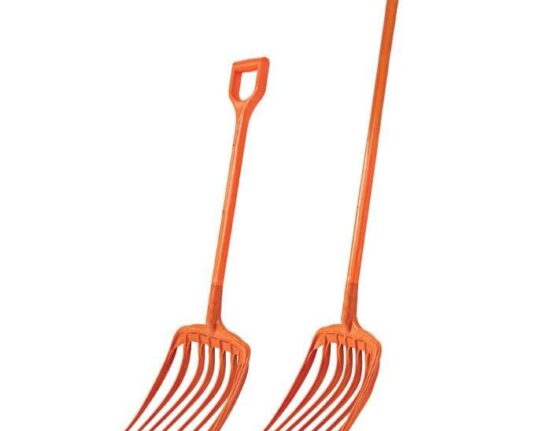
Leave feedback about this